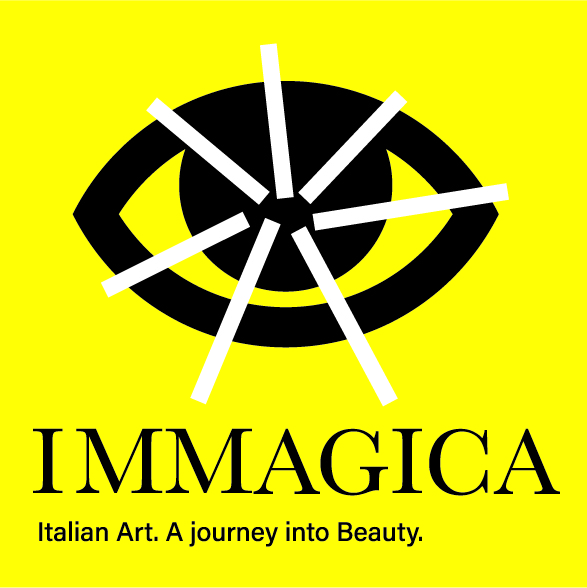The production on the screen
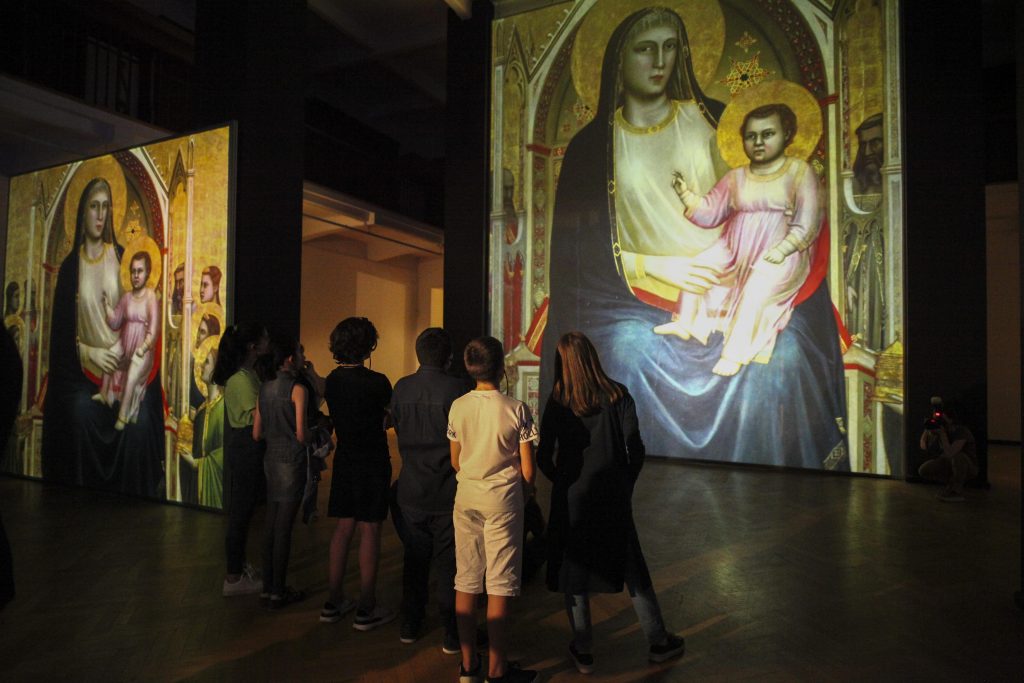
Giuliano Pisani, curator of the exhibition, has chosen to make the beginning of the artistic journey narrated by “IMMAGICA. Italian art. A journey into Beauty ”, with a precise moment in Giotto‘s artistic career, the one corresponding to his personal revolution. Already in the table of the Maestà di Ognissanti, writes the curator: “The face of the Madonna, the look, the lips set to a very delicate smile, represent the first steps in the direction of the humanization of the divine.” The miracle, then, is perfected to Padua, between 1303 and 1305, with frescoes in the Scrovegni Chapel. It is here that Giotto introduces realism, highlights feelings and passions in faces and gestures, inserts perspective related to planes and depth. In summary, it opens up to modern painting with innovative colors and graphic wisdom.
It is the advent of a new age, man finds his centrality, he is the Vitruvian man who wants to know the secrets of cosmic harmony by investigating the signs of the perfection governing the universe, the secret of beauty: Annunciation by Leonardo (c. 1472), today in the Uffizi, represents this new sensibility. Gods are no longer the object of faith, but masters of living and above all, Venus, the embodiment of beauty and grace, triumphs.
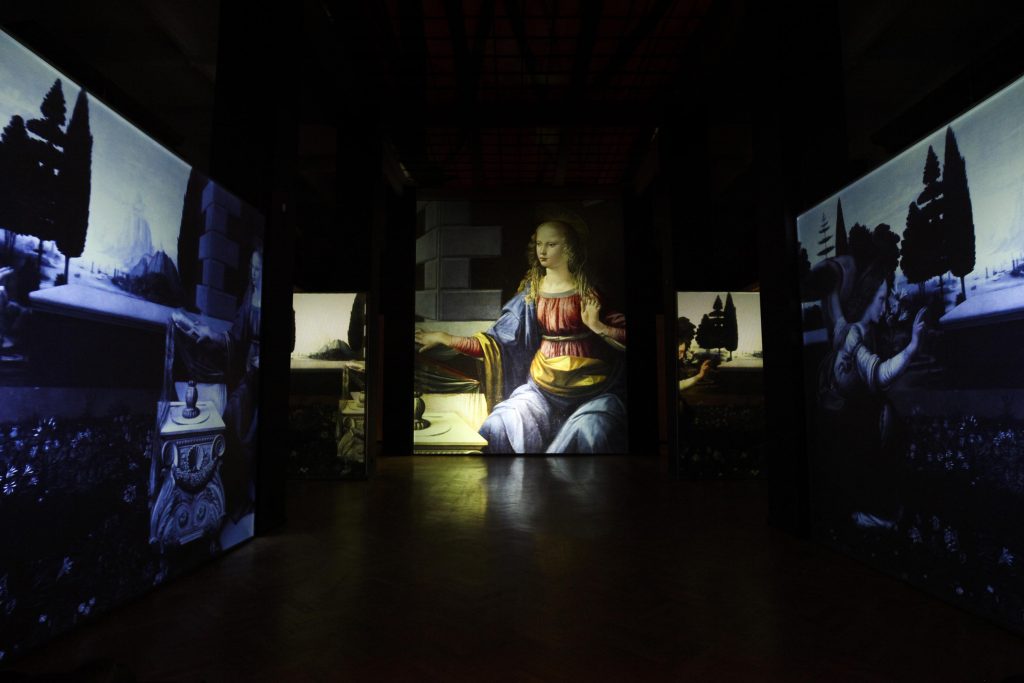
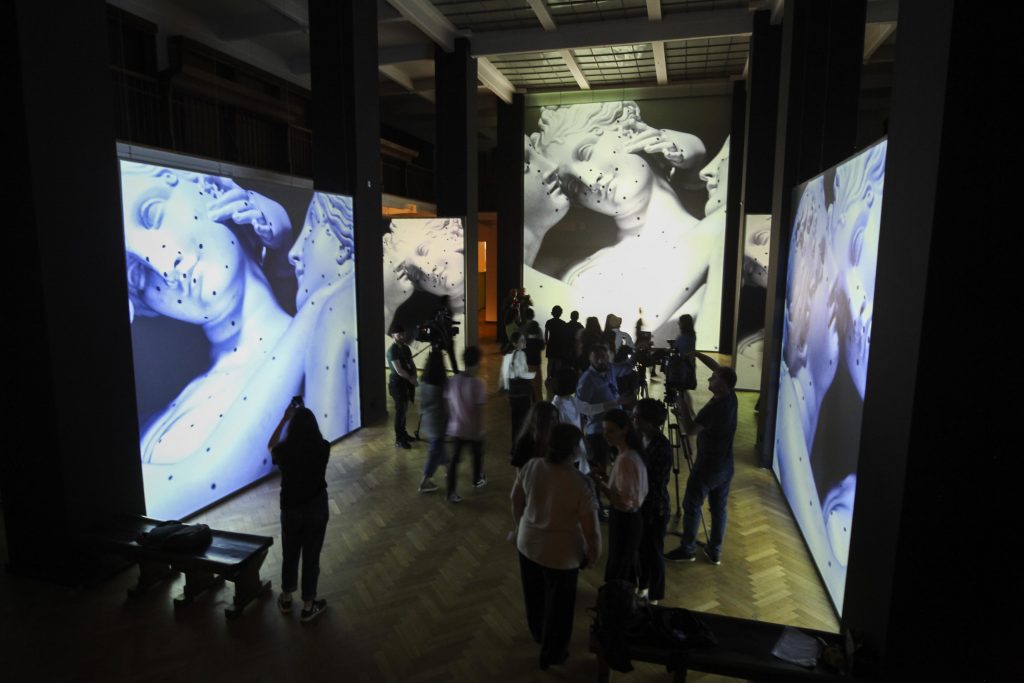
This is also true for Botticelli‘s Birth of Venus and Spring, iconic images of their time: works that today represent the great season of the Renaissance. Some twenty years later, in 1504, twenty-two years old Raphael was in Florence and had the opportunity to admire the works of Masaccio, Donatello, Leonardo and Michelangelo. In 1505 he painted the table known as La Madonna del Cardellino, a domestic and intimate scene: a masterpiece of grace, gentleness, harmony, calm and serenity.
In the eighteenth century, two centuries after the end of the Renaissance, Neoclassicism dreamed, once again, of the rebirth of ancient Greece, of that lost Eden, of ancient models. It was in 1812 that Antonio Canova was commissioned to commission the marble group of the Grazie, by Josephine de Beauharnais, Napoleon Bonaparte’s first wife. Finally, in the famous sculptural group Cupid and lying Psyche, Canova portrays the moment in which Cupid, cured, rushes to the aid of Psyche when, the girl, disobeying the ban, had breathed the lethal vapors of the kingdom of the dead.
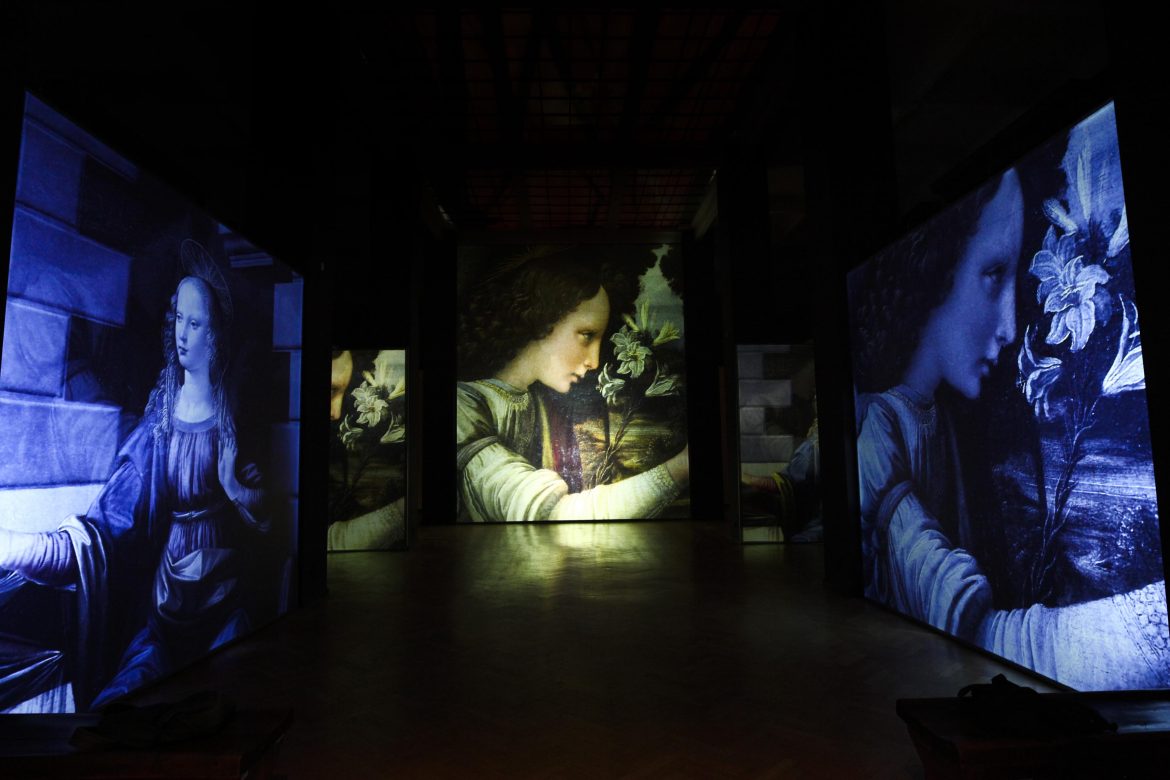
Giuliano Pisani. Classical and historical philologist of art, Galilean Academician, Member of the Committee of Guarantors for the promotion of Classical Culture of the MIUR.
Giuliano Pisani. Classical and historical philologist of art, Galilean Academician, Member of the Committee of Guarantors for the promotion of Classical Culture of the MIUR.

